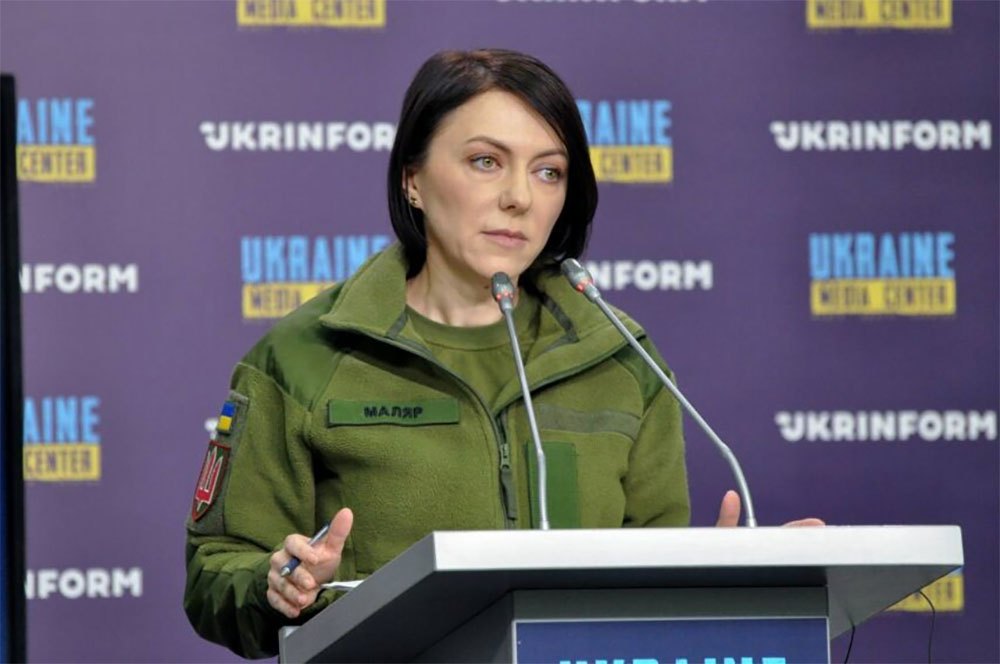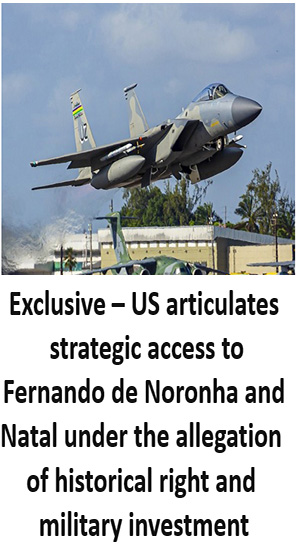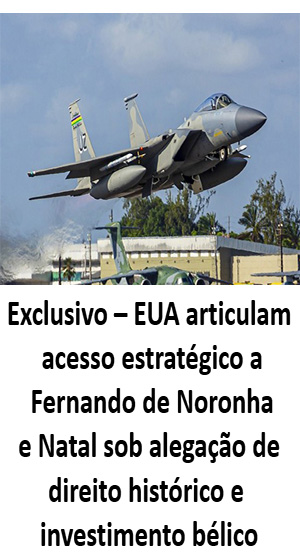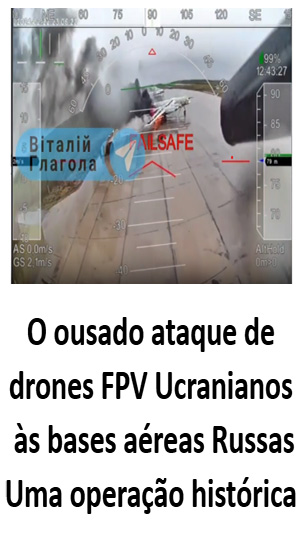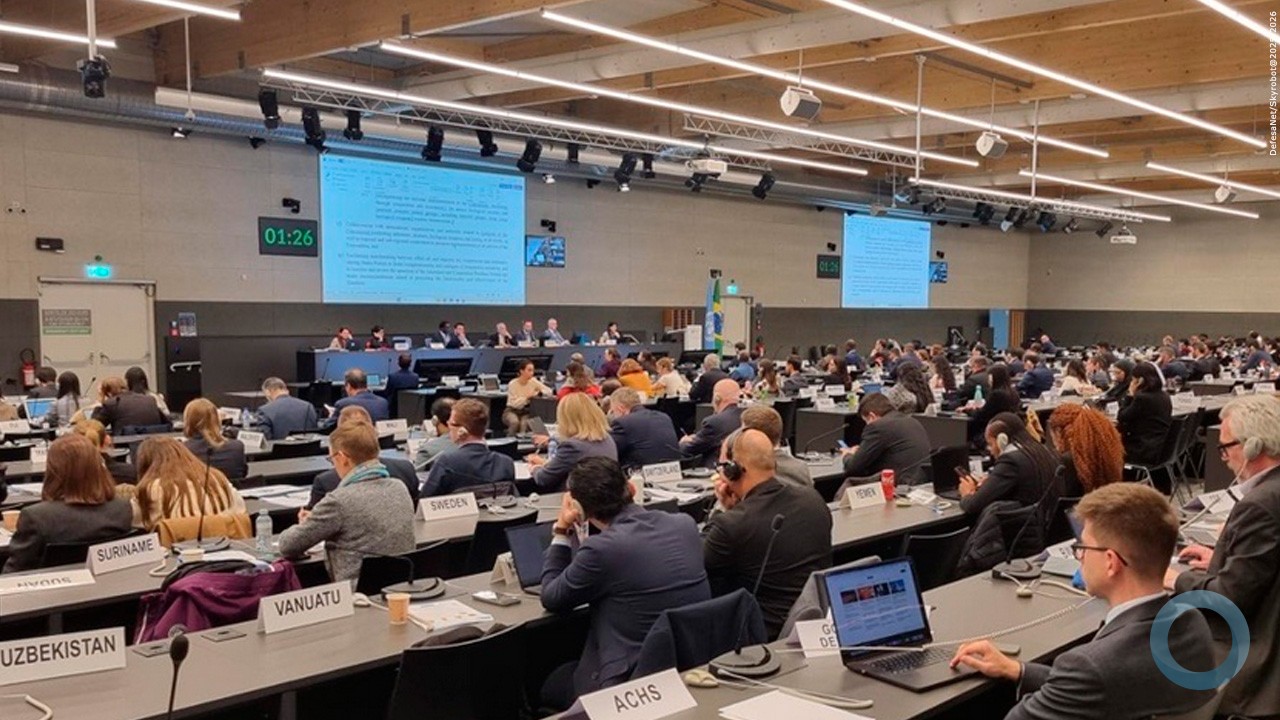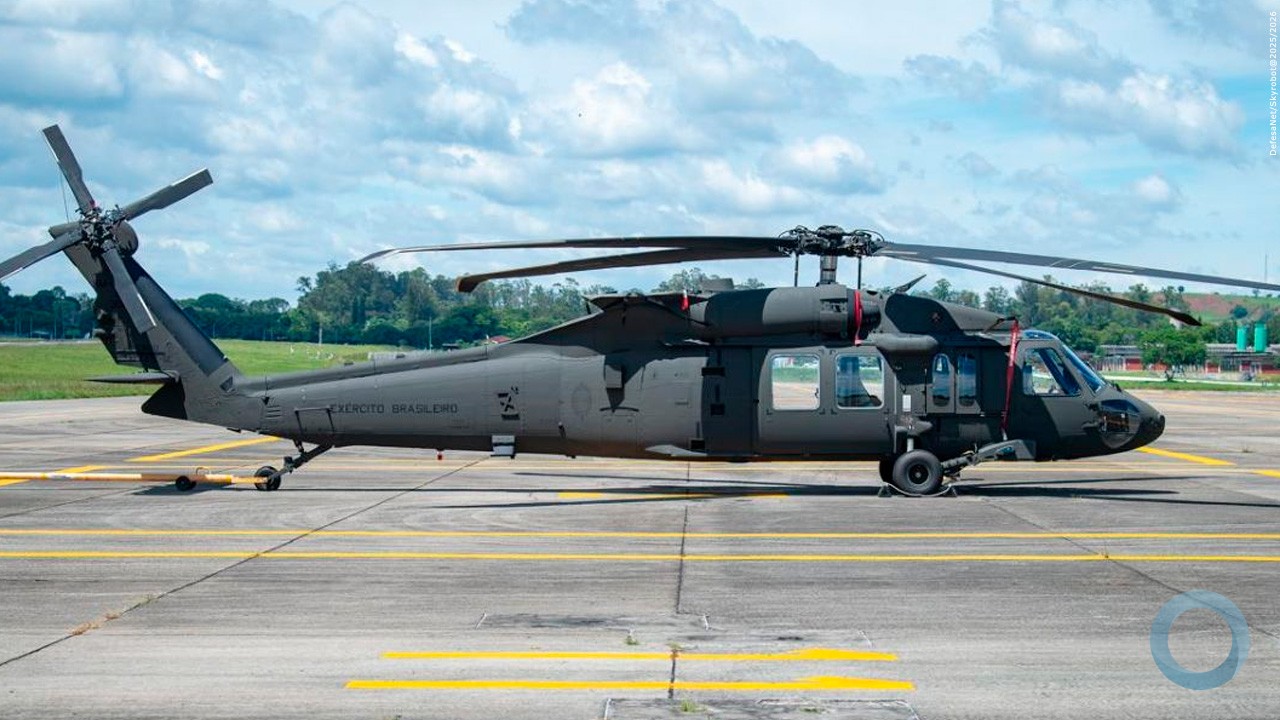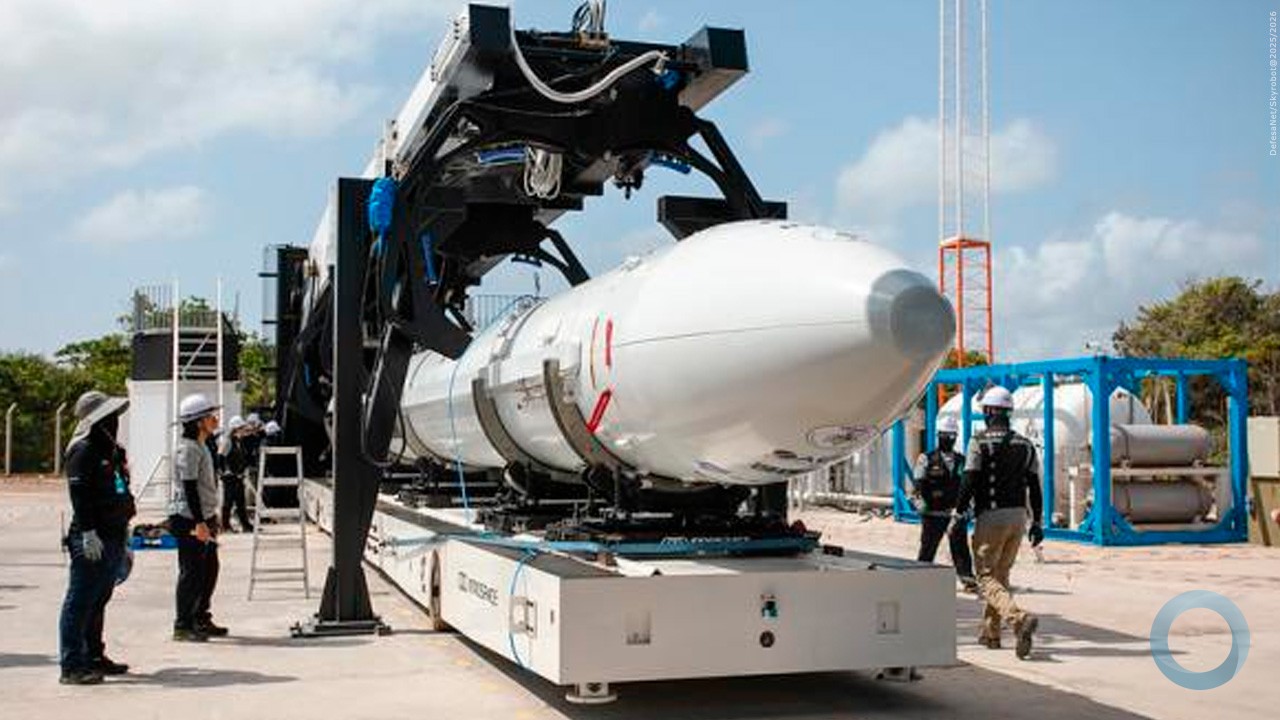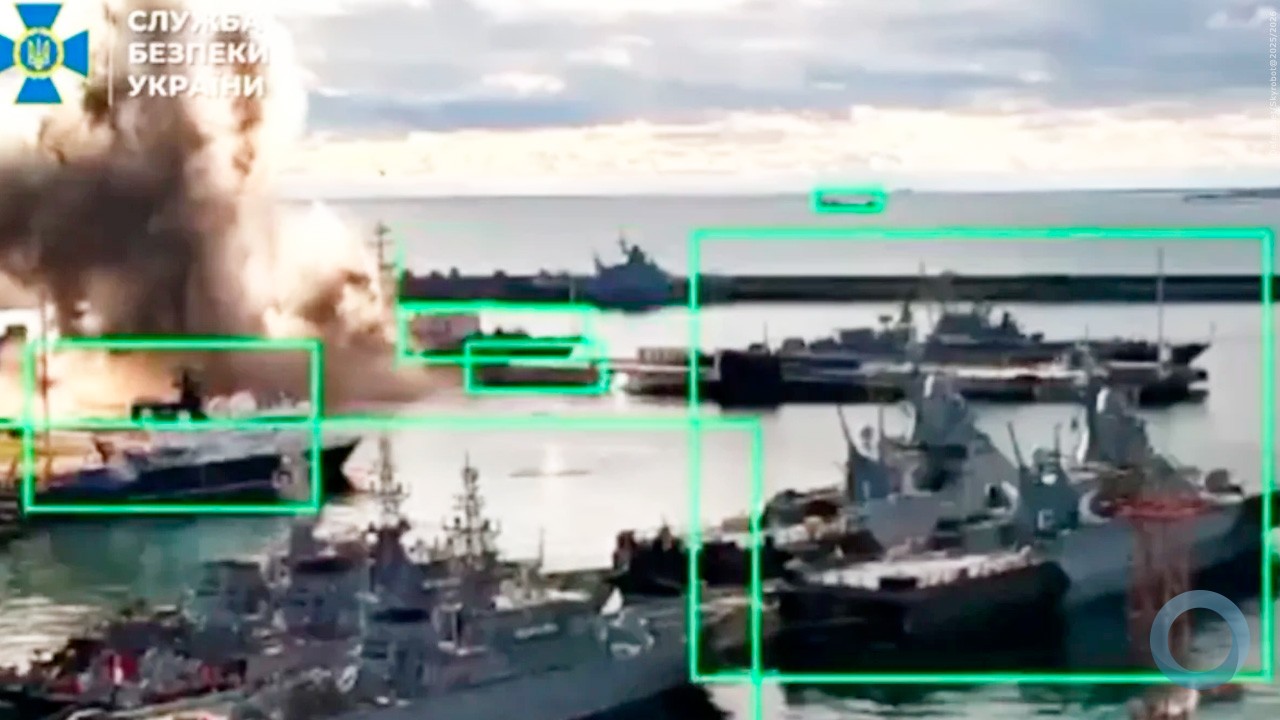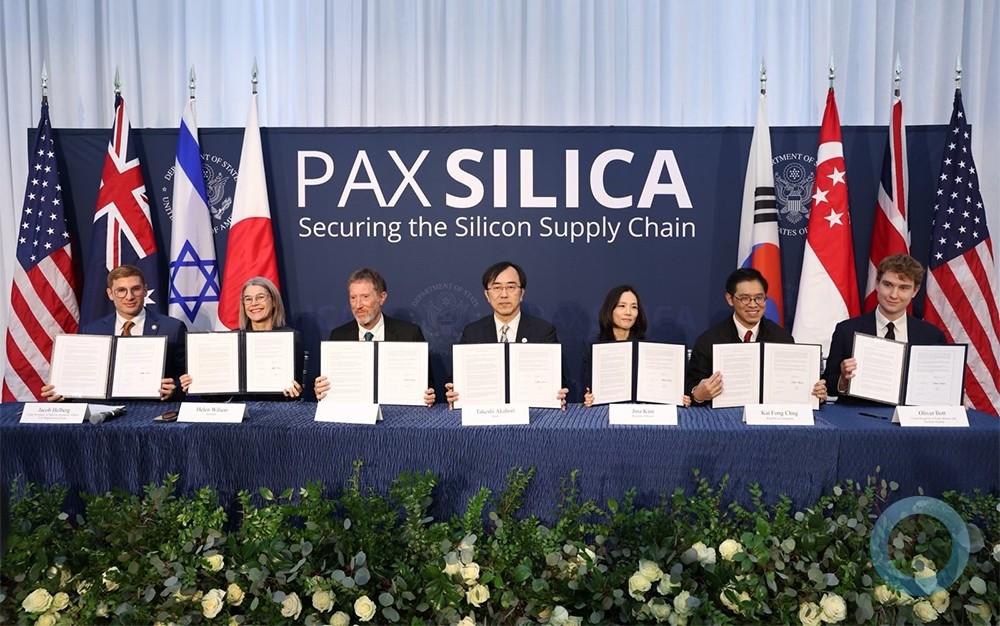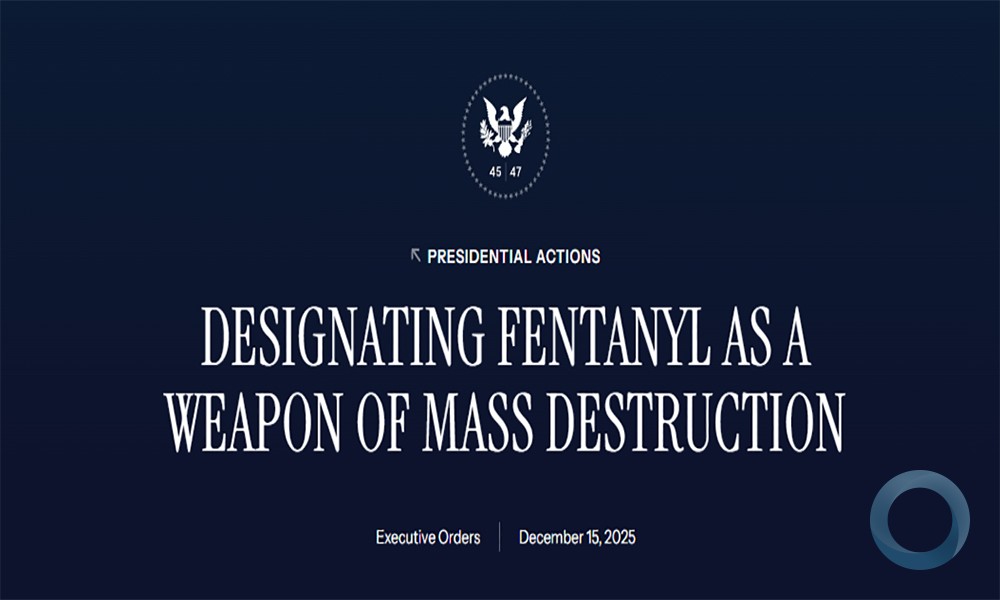Hope Hodge Seck
Military.com
One of the Navy's favorite strategy terms is getting tossed in the dustbin of history.
On Monday, Chief of Naval Operations Adm. John Richardson said he and other Navy brass are going to stop using the acronym "A2/AD" — short for anti-access area denial, to describe maritime threats and challenges.
The term has become too broad and too ambiguous, he said, an insider shorthand that describes a range of nuanced and very different problems. In place of A2/AD, Navy leaders will not get a different catch-all term to use, but rather will focus on describing the specifics of the challenge at hand.
"We have to resist the temptation to oversimplify this conversation," Richardson said. "I'm afraid I'm just not going to propose replacing one acronym with another. [Although] no matter what I say, we will eventually get to an acronym."
Broadly speaking, anti-access and area denial refer to weapons and capabilities designed to keep the U.S. from approaching or encroaching upon foreign territories and holdings, or prohibiting access to global common areas. The term is often used in connection with Iran, China and other U.S. geopolitical competitors with sea access.
The origin of the acronym reportedly dates to 2010, when Wallace "Chip" Gregson, a retired Marine lieutenant general and assistant defense secretary for Asian and Pacific security affairs, used it in a speech to the Progressive Policy Institute, according to Bill Gertz of The Washington Times.
Speaking at the Center for Strategic and International Studies in Washington, D.C., Richardson said the term A2/AD obscures the fact that these access challenges aren't new, but rather go back to the 1864 Battle of Mobile Bay, when Rear Adm. David Farragut attacked a confederate fleet restricting access to that Alabama inlet. The term, he said, also makes the aspirational goals of anti-access and area seem fait accompli, perhaps encouraging fatalistic thinking.
"It's actually really hard to achieve it," he said. "It requires the completion of a very complex chain of events. The threats … are not insurmountable, and can be managed and will be managed."
Richardson added that most in the Navy understand the anti-access area denial threat and that fixating on this one issue could cause the service to miss opportunities to invest in other technologies and solutions that could prove key to future conflicts.
But none of this means the problem A2/AD describes will become less of a priority for the Navy, he said.
"I'm actually advocating for a sharper focus on this to make sure we get at it in meaningful ways rather than just talking about it in vague terms and admiring it," Richardson said. "This is not a walking away, this is a running toward, but running toward in a way that's going to allow us to make real progress."






